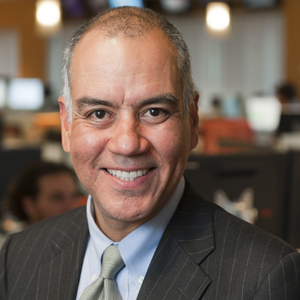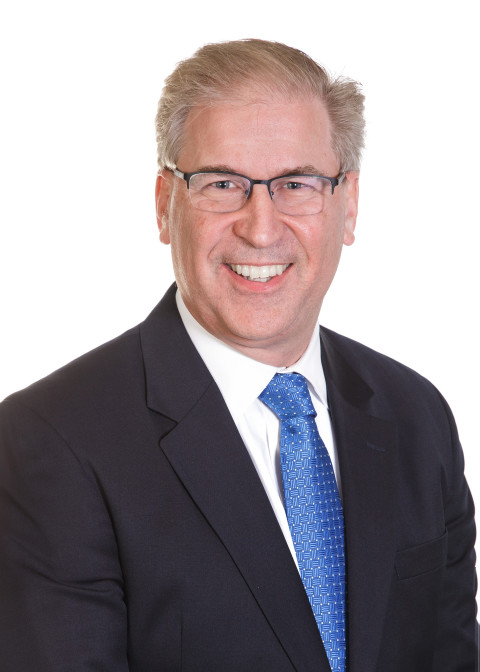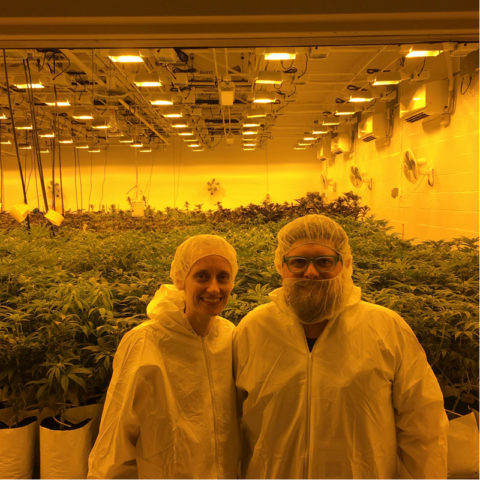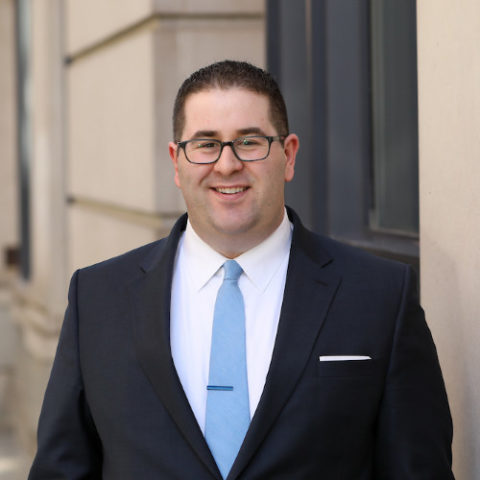-

-

-

FAST 5: Q&A with Corning Place Communications Managing Director and Executive Vice President, Paul W. Larrabee, APR: Five Things to Know About Integrating Strategic Communications and Advocacy Campaigns
There has been significant debate in New York lately about the blurred lines that exist when the power of public…

